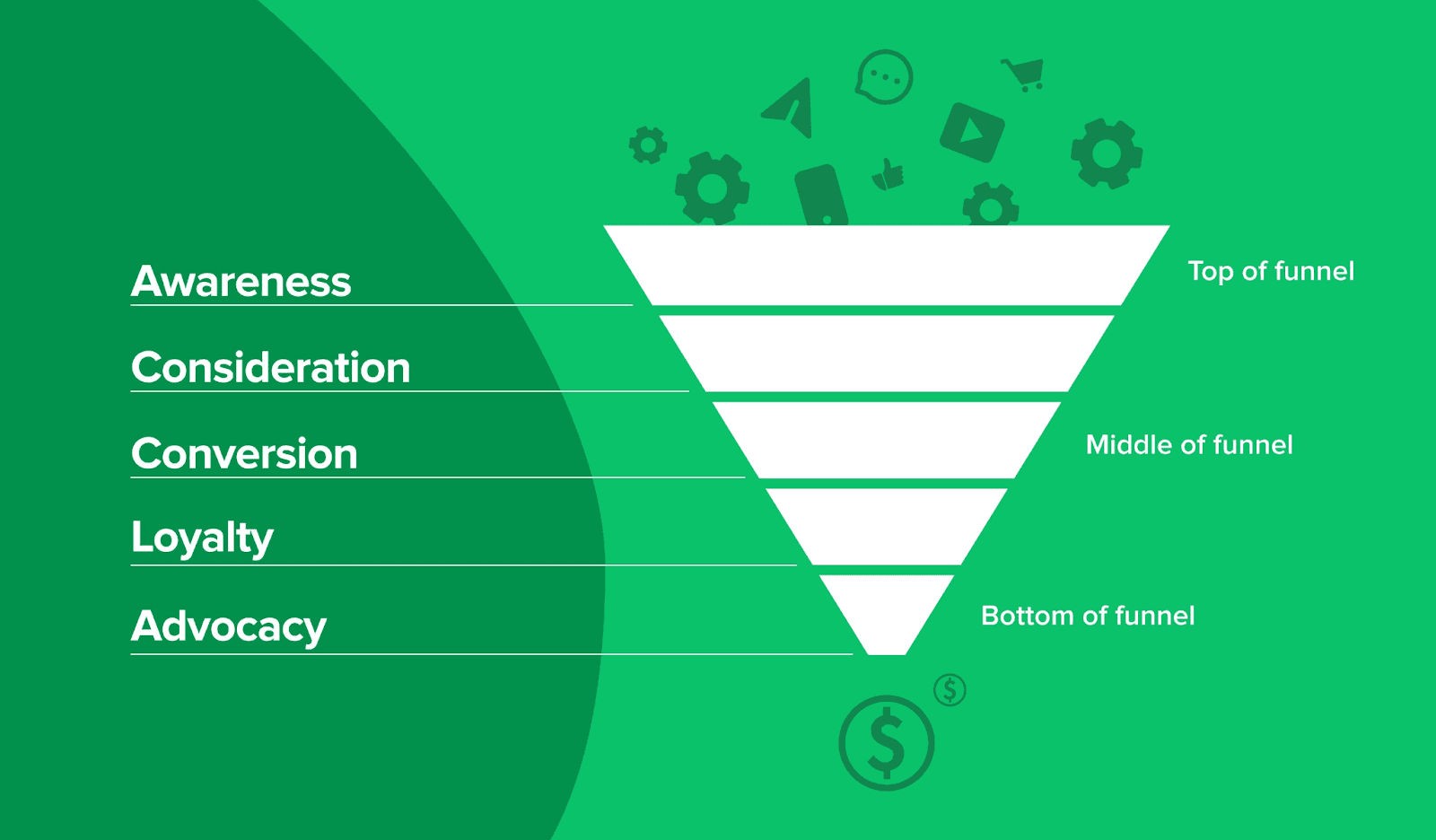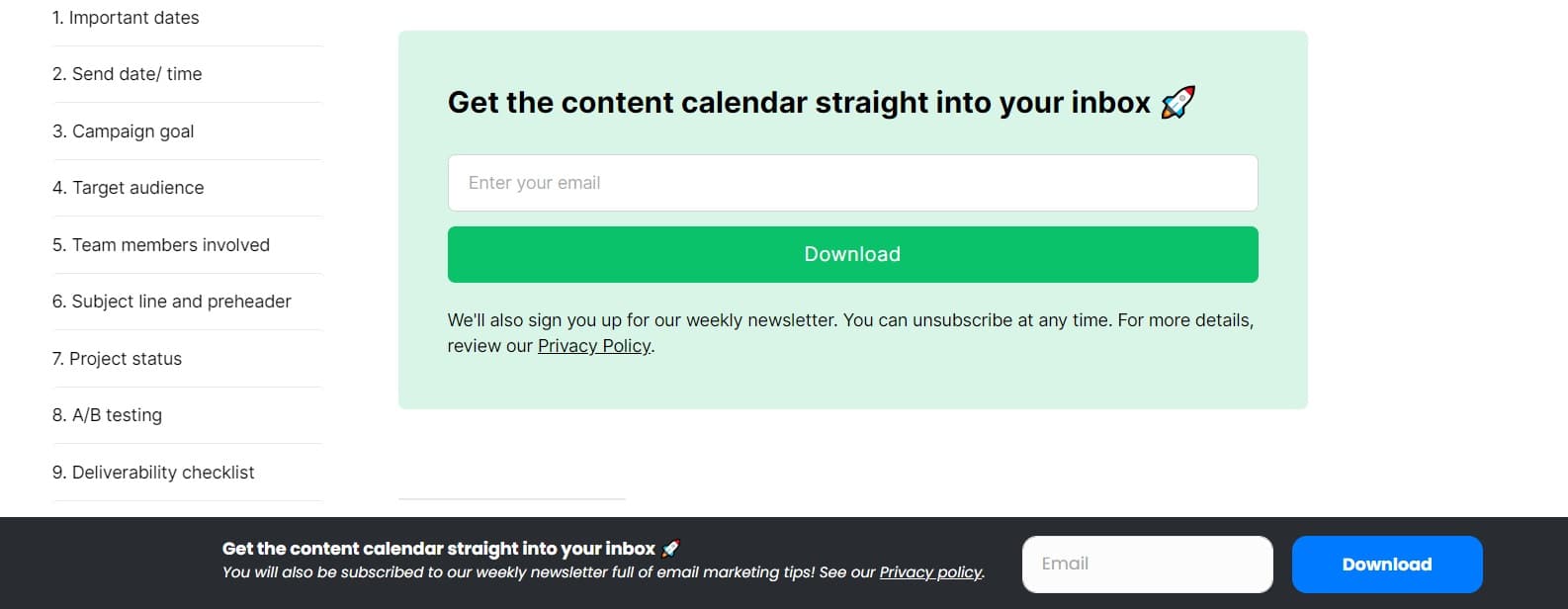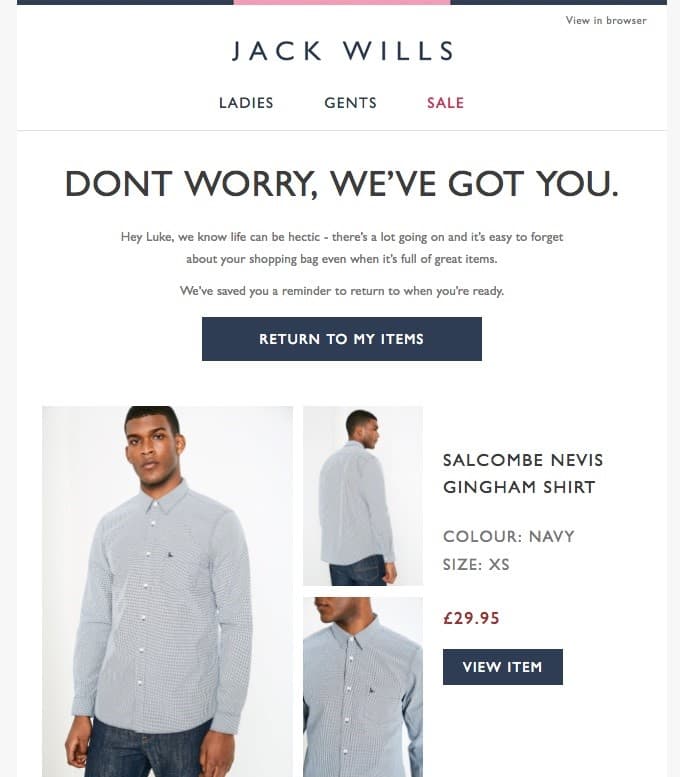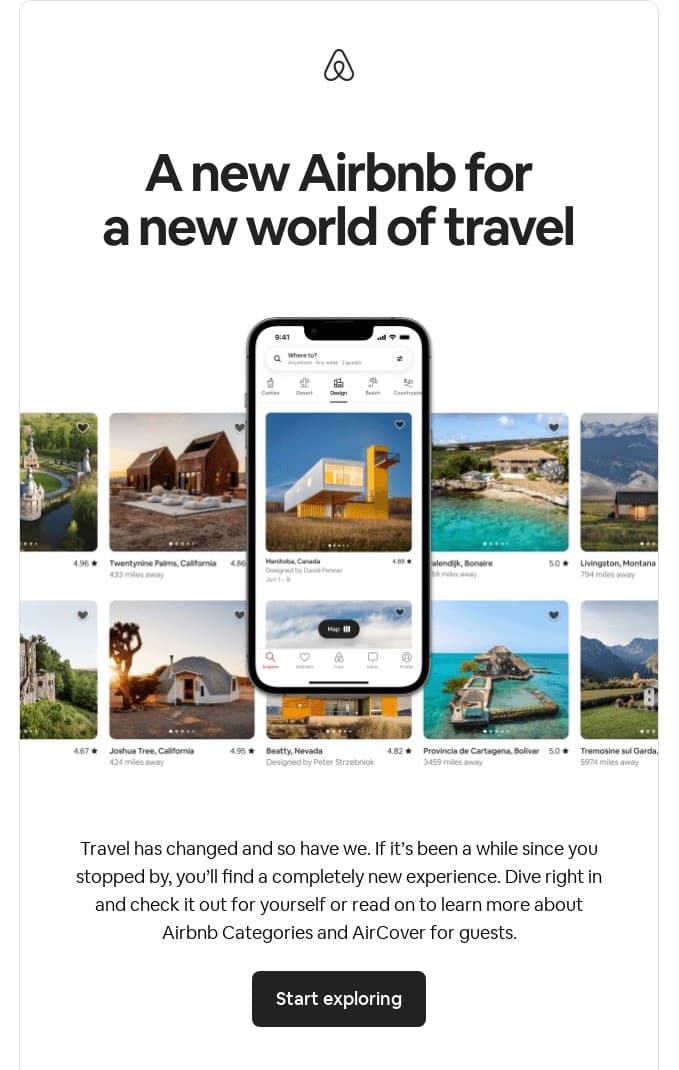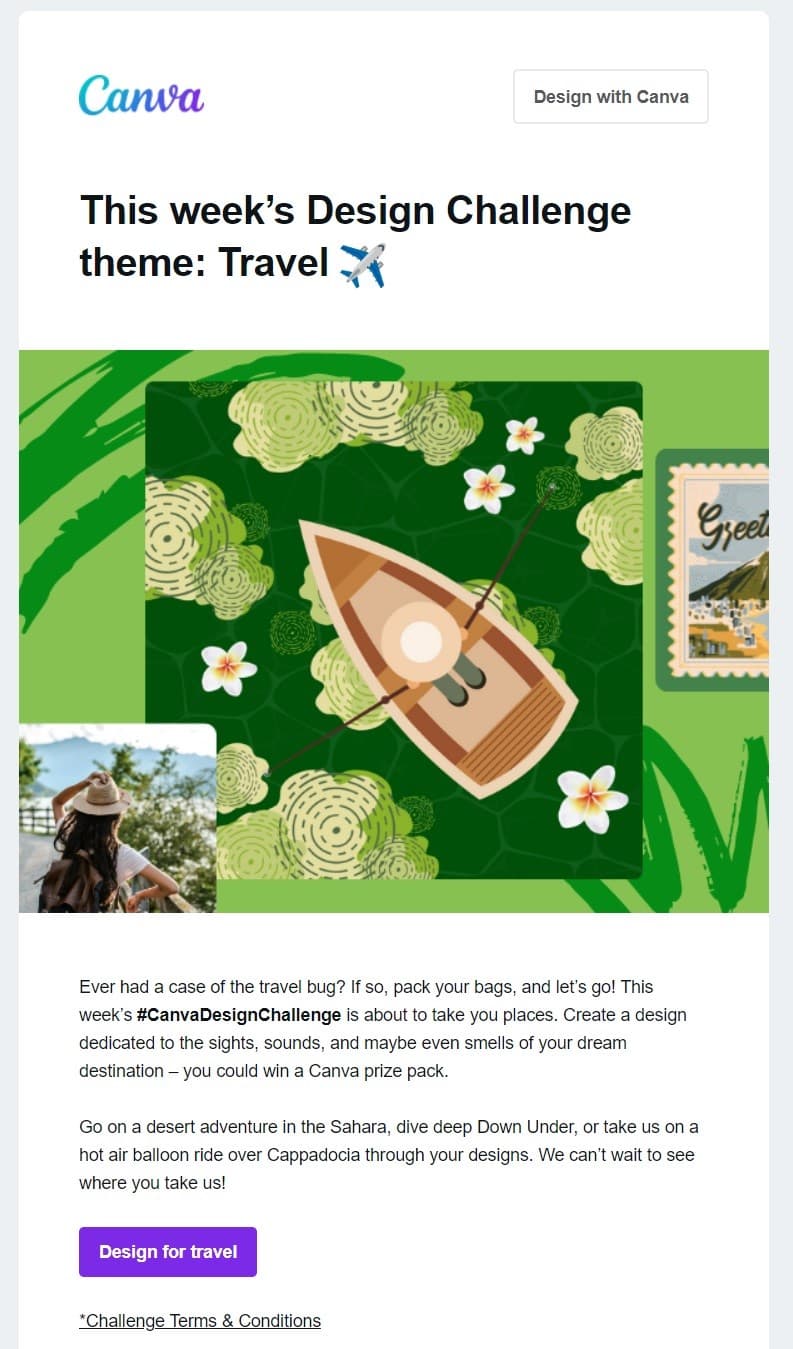Sep 7, 2022
How to Increase Conversions With an Email Marketing Funnel
The problem for those creating an email marketing funnel for the first time is knowing where to start. But with this article, the right tools, and some time to analyze your traffic, you’ll soon be on the right track.
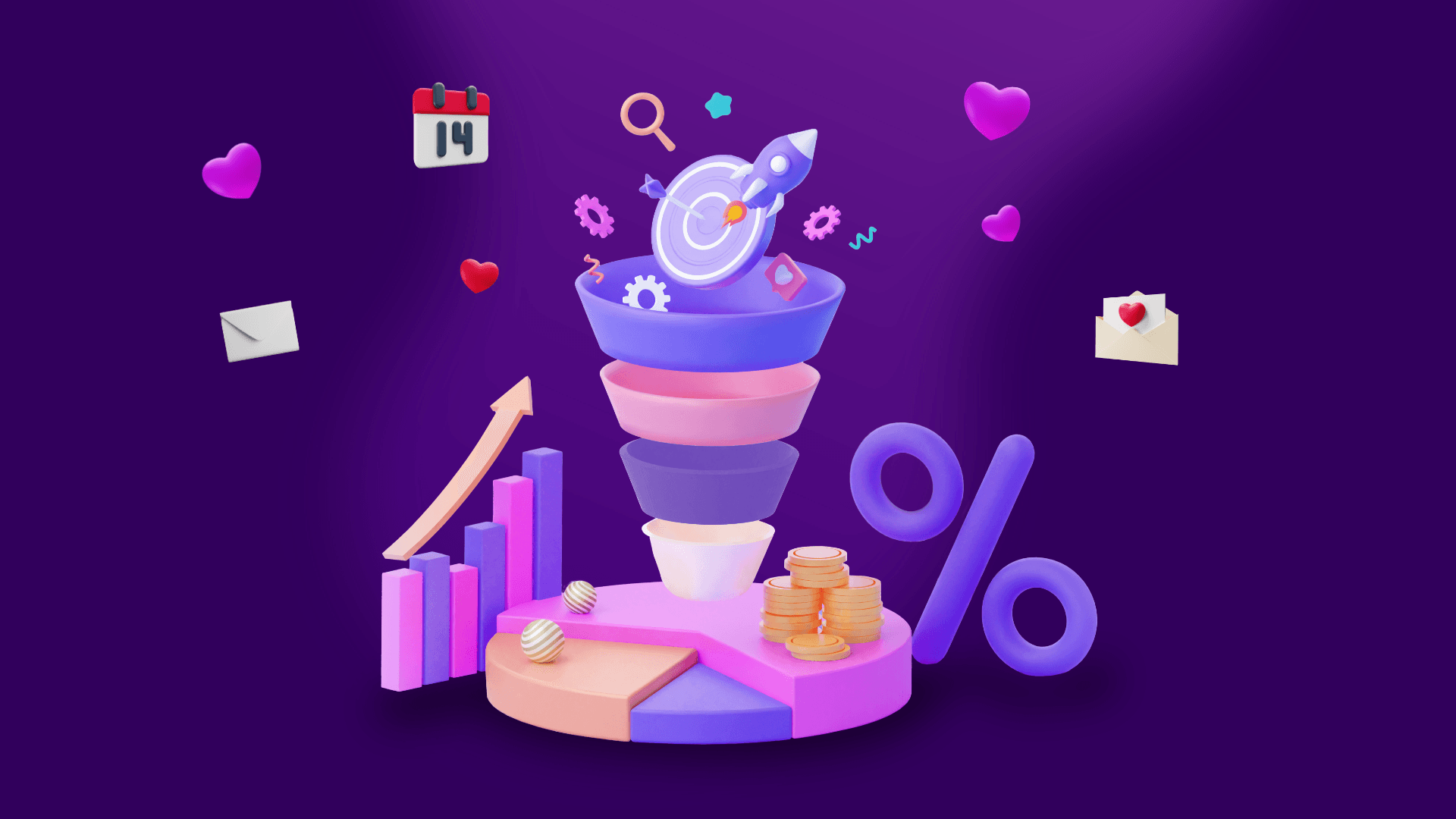
Your website is a powerful tool for attracting potential customers. But visitors rarely go straight from finding your site to buying—they usually need some nurturing along the way.
A well set-up email marketing funnel is the answer. Sending emails with useful content builds trust while introducing your product. It’s a much better approach than scaring visitors off with a sales pitch they aren’t ready for.
The problem for those creating a funnel for the first time is knowing where to start. But with this article, the right tools, and some time to analyze your traffic, you’ll soon be on the right track.
What is an email marketing funnel?
An email marketing funnel is the journey subscribers take with your business as they move from leads to paying customers. An email funnel has the same stages as a regular sales funnel but uses email as the primary communication method.
Prospects enter the funnel by providing their email address in exchange for a lead magnet. When someone joins your list, you send content that is relevant to their needs and challenges.
At the top of the funnel, this typically means informative emails that help solve their problems. As the customer moves down the funnel towards the sale, you can actively promote your products.
The 5 stages of an email marketing funnel
The number of stages in an email funnel varies depending on who you ask. The funnel we’ll focus on in this article has five parts: awareness, consideration, conversion, loyalty, and advocacy.
We like this funnel structure because it takes customers all the way from getting to know your brand to the relationship you build after the conversion.
Funnel complexity depends on the product
People move through these stages at different rates depending on the product.
Funnels for low-cost items are typically quite short. Once the prospect becomes aware of the product it won’t take long before they decide to buy (or not). Email marketing funnels for these products are often quite simple—sometimes just an offer for a discount coupon and then follow-up newsletters to promote the brand.
More expensive products like business software have a longer funnel. There is much more for a customer to consider during the buying process as the cost of getting the decisions wrong can be quite high. To reflect this, these products have longer, more complex funnels.
Here’s a look at each funnel stage, as well as how email marketing fits into each one.
Stage one: Awareness
At the awareness stage, the customer learns they have a problem and starts looking for a solution. This could be something as complex as a business executive realizing they need a new HR solution or as simple as a student needing a new outfit for a date.
Potential customers who visit your website at this stage tend to come via informational content. They aren’t searching for your brand—they’re searching for topics like “how to streamline payroll” or “cool outfits to wear on a date.”
The email funnel at the awareness stage is all about converting these website visitors into new subscribers. To do this, you must analyze your website traffic to discover why visitors come to your site. You can then create lead magnets that match their needs.
Once you have created your lead magnets, you need to make sure visitors see them at the perfect times. Adding subscribe forms or pop-ups to your pages allows you to promote valuable content at times when website visitors are most interested in seeing them.
Common offers at this stage of the funnel include:
Downloadable resources
Whitepapers
Newsletter signups
Quizzes
At MailerLite, we create offers related to the content in our blog posts. Someone reading a post about content calendars might not be ready to buy our email marketing software, but they might be interested in a downloadable content calendar.
Stage two: Consideration
At the consideration stage, the customer understands their problem and starts to research options. This could be by comparing products, reading reviews, or searching for alternatives.
Move people who subscribed to your list at the awareness stage to the consideration stage by sending product information that targets their pain points and goals. Create a series of emails with content like:
Explainers that show the benefit of your product
Case studies that show how other leads use your product to overcome challenges
Webinars that go into detail on specific features
Testimonials that show how happy other people are with the product
This email from MacPaw is a good example of this type of content. It includes several common Mac problems and shows how the tool solves each one. If these are the things the customer struggles with, they may click on the links to find out more.
Image Source: MacPaw
Stage three: Conversion
The conversion stage of the funnel focuses on getting people to take action such as buying your product, signing up for a trial, or asking for a service proposal.
Your emails at this stage are more promotional and include calls to action asking the recipient to make the desired step. Tactics you can use to encourage conversion include sending time sensitive discounts, offers to set up a call with a sales rep, or invites to product demonstrations.
For e-commerce, cart abandonment emails are effective at the conversion stage. These are automated emails you send to people who started to buy a product but stopped during the process.
These emails typically include a reminder that the product is still in the basket, a link customers can use to jump back into the process, and sometimes a discount or offer to incentivize the purchase.
This cart abandonment email from Jack Wills shows the products the customer was looking at and has clear links that return the buyer to the purchase.
Image Source: Jack Wills
Stage four: Retention
Engaging existing customers is an effective way to increase average customer value. Subscription products can keep people signed up for longer or upsell them onto more expensive plans, while e-commerce stores can turn people from one-off buyers into loyal customers.
Sending newsletters on a regular basis is a key part of the retention stage of the email marketing funnel. These messages keep your customers up-to-date with your brand, introduce new products, promote sales, and offer exclusive discounts.
This email from AirBnB is a good example of a retention email. It tells existing customers about new features that may tempt them to make a new booking.
Image Source: Airbnb
You can increase the efficiency of your retention emails by discovering a user’s likes and interests and then sending targeted emails that relate to these topics.
Find out what users like by directing them to your email preference center. From here, the users can select their interests, so you can contact them about these topics.
Look beyond sales
Use retention emails to deepen your relationship with your customers, rather than continually promote your product.
Consider sharing interesting email content, inviting people to customer communities, asking for opinions via surveys (and acting on the feedback!), running events and webinars, or building connections on social media.
Stage five: Advocacy
Advocacy is the final stage of the funnel, although in practice, it happens at the same time as your retention efforts.
The goal of the advocacy stage is to encourage your customers to become brand champions. Word-of-mouth is the most trusted source of recommendation, so effectively building advocates can impact sales.
Here are 4 ways to use email marketing to turn people into brand advocates.
Ask people to share their experiences on third-party review sites or social media
Send helpful content to ensure customers get maximum value from their product
Send surveys and use positive answers as the basis of case studies or testimonials
Set up incentives to encourage referrals
For your advocacy program to work, you need to deliver exceptional experiences. Building the post-sale relationship before you ask people to promote your brand will also help.
This competition email from Canva is a good example of an advocacy email. It builds the relationship between the brand and the user by encouraging social media interaction and offering to share customer creations.
Image Source: Canva
Email funnel best practices for more conversions
Ready to take your email marketing funnel to the next level? Then be sure to use these best practices throughout your campaign.
Always qualify leads
An email marketing funnel is only effective if it generates qualified leads. Here are three tips to qualify subscribers before they sign up.
First, be super specific about your lead magnets. Ensure they speak to your customer’s pain points so only relevant people sign up.
Second, make it clear what users are opting-in for so you don’t attract leads that are a bad fit. Add opt-in check boxes if there is any uncertainly as this will also help you stay compliant with GDPR, which is important if you have signups from Europe. Read more about creating GDPR-compliant email signup forms here.
Third, use double opt-in as part of your sign-up process. This will reduce the chance of spam or bots signing up for your list.
Avoid buying email lists
Building an email list can take time, which can be frustrating. Nonetheless, you shouldn’t buy an email list to shortcut your growth.
While paying for emails will increase your list size, you’ll get low-quality new leads who aren’t qualified.
The chances of converting these people into buyers is exceptionally low—no matter how good your sales pitch. And you risk email deliverability issues as sending emails to invalid addresses can negatively impact your sender reputation.
Segment your subscribers
Segmenting your list enables you to send more relevant content and offers. And it’s simple to do: just split your list based on factors that can impact sales.
Here are two common options:
Segment based on funnel stage
Group people based on where they enter the email marketing funnel. Anyone who signs up for one of your lead magnets at the awareness stage should enter one segment, while people who sign up for a purchase offer should be in another group.
You can then send quality content based on the subscriber’s position in the sales funnel. When they take action that suggests they have moved to the next stage—like clicking a link or making a purchase—use email marketing software to move them to the next segment automatically.
Segment based on interests
Segmenting customers based on their interests allows you to send content and offers the subscriber likes.
There are two ways you can do this.
Look at the offer they took up. If they downloaded an ebook about marketing, it’s safe to say that they are interested in marketing.
Use your email preference center to let customers tell you their interests. Customers choose the topics they want to hear about, and you send relevant content.
Get timing and volume right
Email timing and volume impact campaign effectiveness. A good marketing funnel considers when people are most likely to benefit from emails.
People are typically most interested the moment they sign up for your list, so be sure to send an automated welcome email with the information they requested and potential next steps.
After the first emails, you need to get the balance between sending enough messages to be seen but not so many that people unsubscribe.
Two easy ways to get the balance right are to be upfront about when you send emails and let customers choose how often they hear from you.
Automate your funnel
Creating an email funnel seems like a lot to get the hang of. But it’s possible to automate almost all parts of email marketing, which takes a lot of the work off your hands.
Parts of a campaign you can set and forget include:
Emails to go out when someone signs up for a lead magnet
Follow-up email sequences that change based on how people interact with earlier messages
Customer segmentation based on how people interact with your campaign
MailerLite enables the above automations natively. But you can go further by using Make to connect MailerLite with the other tools your business uses.
Just select the platforms you want to connect and then choose from preconfigured triggers and actions.
Some examples of this in action include:
When a customer is created in Stripe, Make will add the customer to a group in MailerLite
When someone completes a Typeform form, Make will add that customer to MailerLite
When a contact is updated in SalesForce, Make will reflect the update in MailerLite
When you generate a lead using Facebook Ads, Make will add a subscriber to MailerLite
These automations can significantly cut the time and effort it takes to manage your email marketing campaigns.
A/B test your campaign
A/B testing is an easy way to test how effective your emails are. Create two different versions of your emails and pit them against each other to see which is more effective.
You can test email marketing metrics such as open rate, click-through rate, or clicks on a specific call to action (CTA). If one version converts at a higher rate than the other, use that throughout your entire campaign—or at least until A/B testing reveals an even better option.
Here’s a quick example. You could create two abandoned cart emails: one with a discount coupon and one without. A/B testing these emails would show which one encourages more people to click through the email to the checkout page.
You can automate A/B tests within your email marketing software. With MailerLite, you just need to create two versions of the same email and choose which element you want to test. The software will then automatically run the test and you can see which one wins in the dashboard.
Wrapping up: 3 steps to get started
Now you know a little more about email marketing funnels, it’s time to start building them.
We recommend these 3 steps:
Analyze your traffic and consider the types of lead magnets that may convince people to sign up for your list.
Create forms or popups to promote these offers
Build email automations to push people through the funnel
Once your automations are live, test and optimize until you have a fully functioning and streamlined sales funnel.
Ready to make the automation revolution happen?


